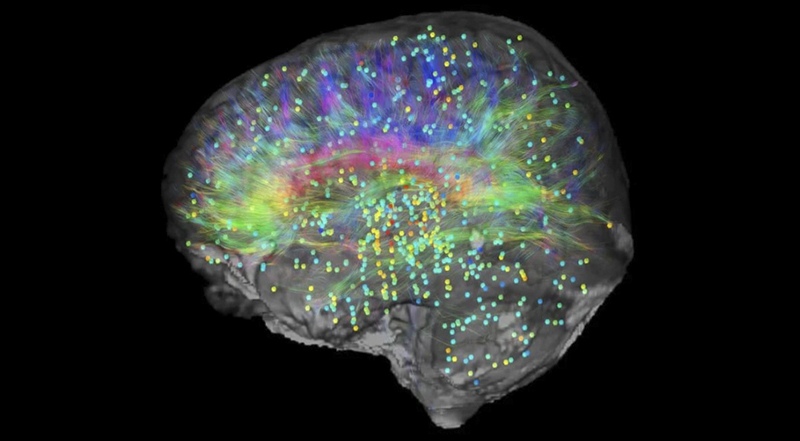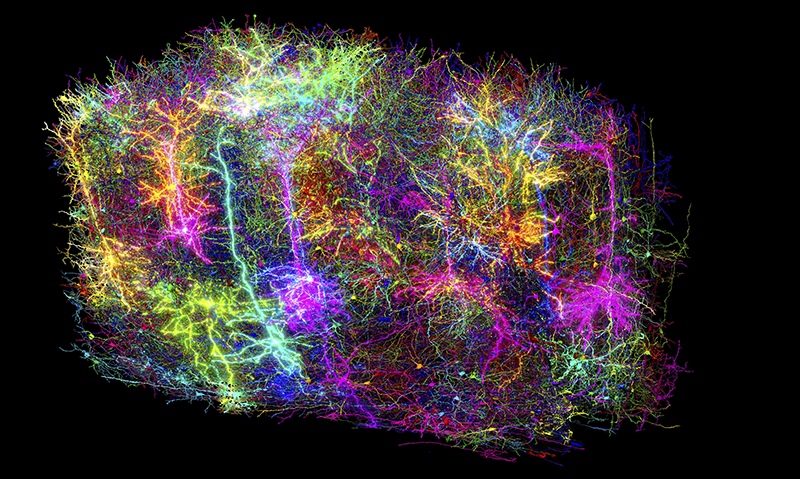The Picasso of Snails: Art in Nature’s Smallest Forms
Self portrait, Image credit: Vukašin Gojšina The Picasso of Snails: Art in Nature’s Smallest Forms In the misty limestone karsts of Southeast Asia, an extraordinary discovery has emerged: a tiny architect with a flair for the avant-garde. Meet Anauchen picasso, a 3-millimeter snail whose shell defies conventional design with its sharply angular, rectangular whorls reminiscent […]
The Picasso of Snails: Art in Nature’s Smallest Forms Read More »









